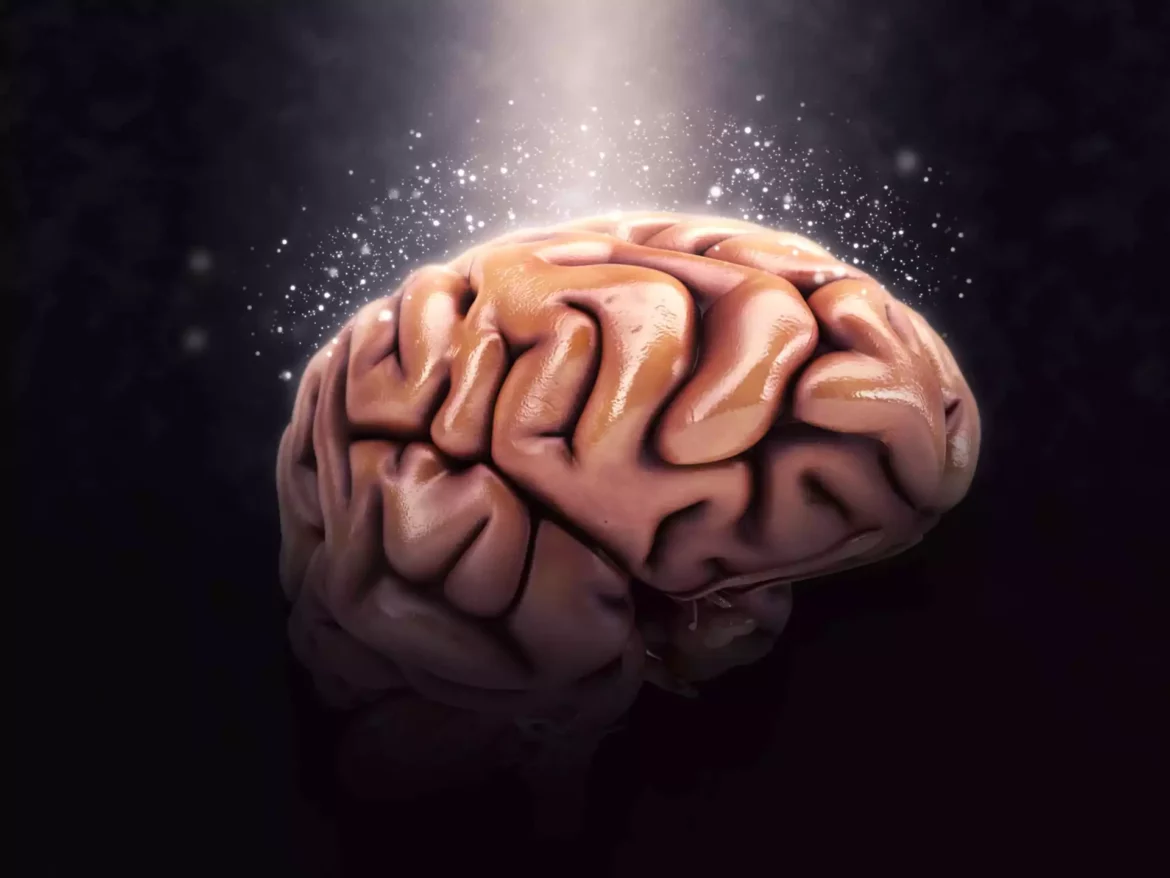I want to be agile
Many of us have said at some time or another; how agile that player is, she is a player with great agility, or I wish I had more agility!
When we say this, we know that we are referring to abilities or skills. But can we define them exactly?
I’m going to help you understand more clearly what agility is and how you can improve it.
When does agility appear?
When you play padel you can manifest it in both offensive and defensive actions, but it is not only based on speed or the power of an action.
“Agility refers to the movement of the whole body or limbs that integrates a change of speed and/or direction in response to a stimulus”.
Improving your strength and its different manifestations will not be enough to improve your agility, you will need to add specific cognitive training with the intention of decreasing the time needed for your decision making and the precision of that decision.
We can therefore say that it is not only a purely physical skill related only to the mechanical aspects of the main movements you can make on the court. Such as accelerating, braking, changing direction, etc.
“The speed with which this decision is made will be more relevant to agility than purely physical movement”.
What is agility?
Agility is a combination of your physical and mental abilities. We commonly associate it with the speed of a movement, and we are right, but as you will have seen by now, it is not all about the physical aspect.
This ability will also depend on your ability to analyse the situation and decide what you are going to do, after which you will act. Therefore, before any visible movement you can make on the court, agility from a mental point of view will have already begun to manifest itself beforehand.
There is therefore a direct relationship with your mental speed. This basically consists of reducing the time between the moment you perceive the game situation and the time it takes you to decide.
These steps are followed by the execution, the actual movement. It can take place before a main action of the game, because of anticipation due to some detail in the opponents or the ball, or in the action itself while we are positioning ourselves or making a stroke.
In this way, we can differentiate in your games actions and speeds that occur prior to what you do and during what you do. These are dependent on your perceptual, conditional and coordinative abilities. And these are directly related to your previous experiences and knowledge of the game.
“Any action resulting from agility will be the product of a cognitive procedure in response to an external stimulus, so that the action is not performed randomly.
What skills do we need to be agile?
Your perceptive ability is based on how you visually scan what is happening on the court, whether it is what your opponents are doing or the trajectories and speed of each ball. From this scanning and together with your situational awareness you will recognise certain patterns that allow you to at best anticipate what might happen. This is proportional to a faster response, regardless of your physical ability.
Your speed as a physical and conditional capacity is related to your leg stiffness. This is a concept that we use in physical preparation to refer to your ability to apply fast concentric and reactive strength in your muscles, depending on your nervous system and the adaptation to the explosiveness of your performance. For practical purposes we are talking about your sprint speed (first steps in padel).
On the other hand, there are also the coordination and technical aspects that allow you to have a good acceleration technique. Here we broadly look at your foot posture, stride length adjustments in acceleration and deceleration and the inclination and posture of your body and arms.
Tips for working on agility:
Here are some tips that can help you if you are a padel player’s physical trainer, or if you are a padel instructor or padel player of any level.
Difference: agility is not synonymous with foot speed, quickness or speed of change of direction, that is the tip of the iceberg.
It includes cognitive procedures: the main difference is that agility involves analysis of the situation and decision making. A mere change of direction for example does not necessarily imply a choice. The player must be quick when executing the action but must also be quick before the motor action itself occurs.
Avoid premeditated and planned tasks: we must not forget that determining the sprint as the only element of speed in padel means reducing this ability to a minimum percentage of itself, your players should think before the action. Look for that mental speed that allows you to minimise the time between the perception of a situation and the execution, including decision making.
Use stimuli: maximise speed to quickly solve open and variable game situations. If your exercise is based solely on conditional exercises (e.g. 5-metre sprints) it will not be enough to challenge the cognitive abilities of reaction and perception.
I hope I have helped you to understand more about this capacity and how you can improve it.


